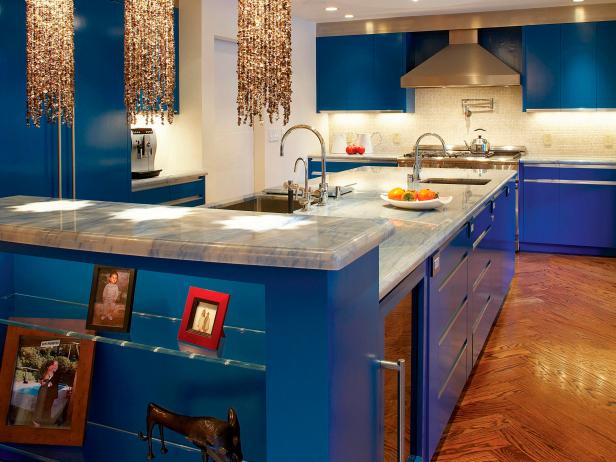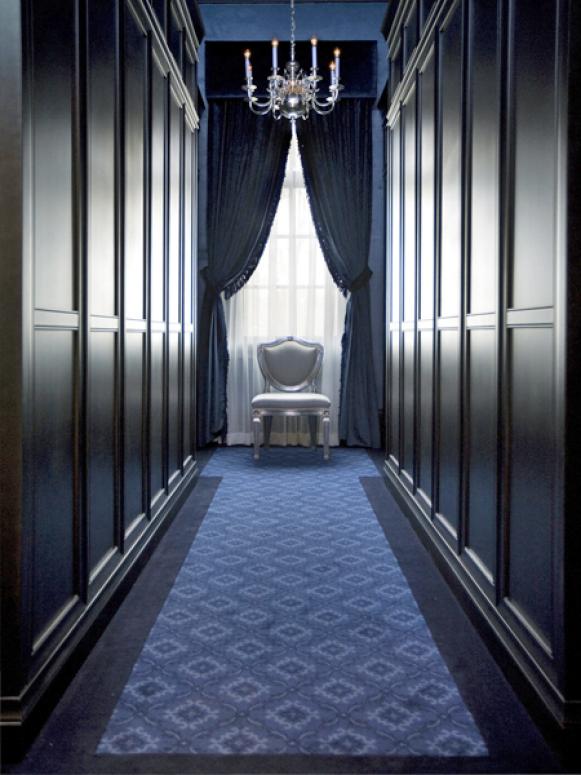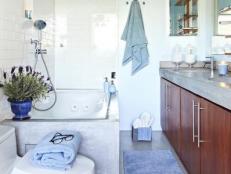Behind the Color Blue

Designer, Alia Meyer
Blue evokes feelings of calm and freshness, and represents strength and dependability. Think of the sky and ocean. The beauty of blue is the elemental color's amazing versatility.
A high-energy shade of blue, like sapphire, can add a bold punch of energy to a room, while a light sky blue on the walls can make a space feel tranquil. Darker shades like navy can offer drama, while paler shades can make small spaces feel larger. The effect depends on the tone of blue.
Since blue is associated with calmness, it works well in a bathroom, bedroom or kitchen, all rooms where one goes to relax. Different shades of light blue can be used for ceilings to mimic the sky, making a room feel larger.
7 Blue Living Rooms
See All PhotosThe combination of blue and green is a classic, and many believe this combination can calm a room. Blue can be combined with yellow wall or floor tiles to make a space cheerful.

"Those brighter French blues and sunflower yellows are a fun combination for a kitchen," says Jackie Jordan, director of color marketing for Sherwin-Williams. "It gives you the best of both worlds; yellow gives you energy and blue balances it out."
For Your Exteriors
Blue is traditionally used to highlight architectural details on the exterior of Colonial homes.
Many shades of slate blue can look sharp on a Craftsman, while light shades of blue are a good choice for a casual beach house.
"Saturated sapphire blue can be a lovely choice for shutters on a Mediterranean-style home," says Jackie. "But blue might not be the best fit for a rustic house in the desert."
Ideas for Creating a Certain Mood With Blue
- Aqua combined with various greens (like seafoam) adds a beachy feel to a traditional room.
- A medium-blue ceiling with white walls and blue molding can feel refreshing and fun.
- Midnight blue mixed with amethyst accents can create an ultra luxe feel for a bedroom.
- Vibrant, high-tone blues are great for accent furniture pieces or artwork to add vigor.







































